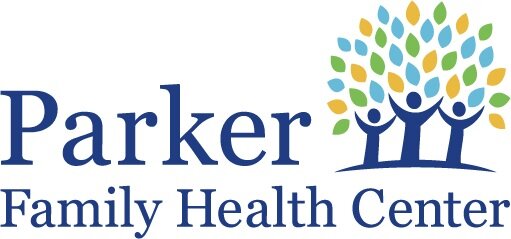The Parker Legacy
The Drs. JAMES Parker
Red Bank, NJ, a small city of 12,000 located on the banks of the Navesink River in eastern Monmouth County, has long been home to a vibrant African-American neighborhood centered on the town’s West Side. Among the best-loved West Siders were two extraordinary African-American physicians, father and son — Dr. James Parker Sr. and Dr. James Parker Jr. — who together served the Red Bank community for over 80 years.
Dr. Parker Sr.
Dr. Parker Sr. was born in Aiken, South Carolina, in 1888. His grandparents had both been born in slavery. A graduate of Howard University, James Sr., came to Red Bank in 1919, at the time of the influenza epidemic, and established his medical reputation treating flu victims. He cared for his patients in their homes, because none of the local hospitals would accept an African-American doctor on their staff.
Dr. Parker Jr., born in Red Bank in 1919, followed his father first to Howard University and then into medicine. He opened his medical practice in his hometown in 1947, where he practiced until his retirement at the age of 82, with the only break his service in a front-line MASH unit in the US Army Medical Corps during the Korean War.
Dr. Parker Jr.
But Dr. Parker Jr., like his father before him, was best known for a medical practice that was open to all. He took care of generations of Red Bank residents, regardless of their background or ability to pay. He was renowned for opening his office doors at 5:00 AM so that his patients could see the doctor without missing work.
When Dr. Parker Jr. — then 80 years old — began thinking about retiring from practice, community members began wondering who would take care of the patients who had depended on him for so long.
Dr. EUGene Cheslock and Dr. Donald Warner continue serving the community
West Side community leaders decided to take action. Among them was another leading African-American, Dr. Donald Warner, the recently retired superintendent of the Red Bank Regional School District and a 20-year friend of Dr. Parker. Dr. Warner, who is an ordained minister and a published poet, went door-to-door, asking West Side residents whether they had health insurance.
His findings were attention-grabbing. Overall, 40 percent of West Side residents lacked health insurance. The worst off were members of a growing Latino community — 95 percent uninsured. Most of the uninsured were in working families, but employed in jobs that would not support increasingly costly health benefits.
Dr. Eugene Cheslock
Among those who paid attention to Donald Warner’s survey was Dr. Eugene Cheslock, a local renowned oncologist also thinking about retirement from active medical practice. His idea of retirement, however, was to start a free community clinic that would care for the uninsured with the help of medical volunteers.
Another local resident who paid attention was rock-and-roller Jon Bon Jovi. Early on, he and his wife, Dorothea, hosted a gala at their home that raised the funds for the construction of a permanent clinic building. Later, a local high school asked him to perform in a charity concert to benefit the clinic. He said yes, and the students raised $60,000 for Parker’s prescription medication fund. The concert, an acoustic performance, drew the attention of music-lovers all over the world and led to a feature about the Parker Center on ABC-TV’s 20-20 news program.
The clinic envisioned by Dr. Gene Cheslock and Dr. Donald Warner, which would be named the Parker Family Health Center in honor of the two doctors, opened in a converted trailer parked in an empty lot on Shrewsbury Avenue, just down the street from Dr. Parker’s office. Clinic staff saw three patients on that first night.
The Parker Family Health Center, Today
The Parker Family Health Center continues to serve as an initial health care access point, making it possible for uninsured patients to establish the routine relationship with a medical caregiver that insured patients enjoy with a primary physician. Like the primary physician, the Parker Family Health Center provides referrals for specialty care, one of the most significant hurdles for the uninsured, through a network of specialists who volunteer regularly at the clinic, representing some 20 medical disciplines. Diagnostic testing is also available through Riverview Medical Center and other resources. Affordable prescription drugs—another costly hurdle for the uninsured—are filled either through pharmacy assistance programs for eligible patients or at three local drug stores that have agreed to fill prescriptions from the clinic formulary at negotiated prices.
Like the Drs. Parker, father and son, the clinic that bears their name sees anyone who does not have health insurance and has limited means to pay for care. Among the 8,000 clinic patients are many African-Americans who are long-time residents of Red Bank’s West Side. Others include newer West-Siders from Latino neighborhoods, Portuguese-speaking members of a Brazilian community in nearby Long Branch, and anyone else without insurance from anywhere in Monmouth County.



